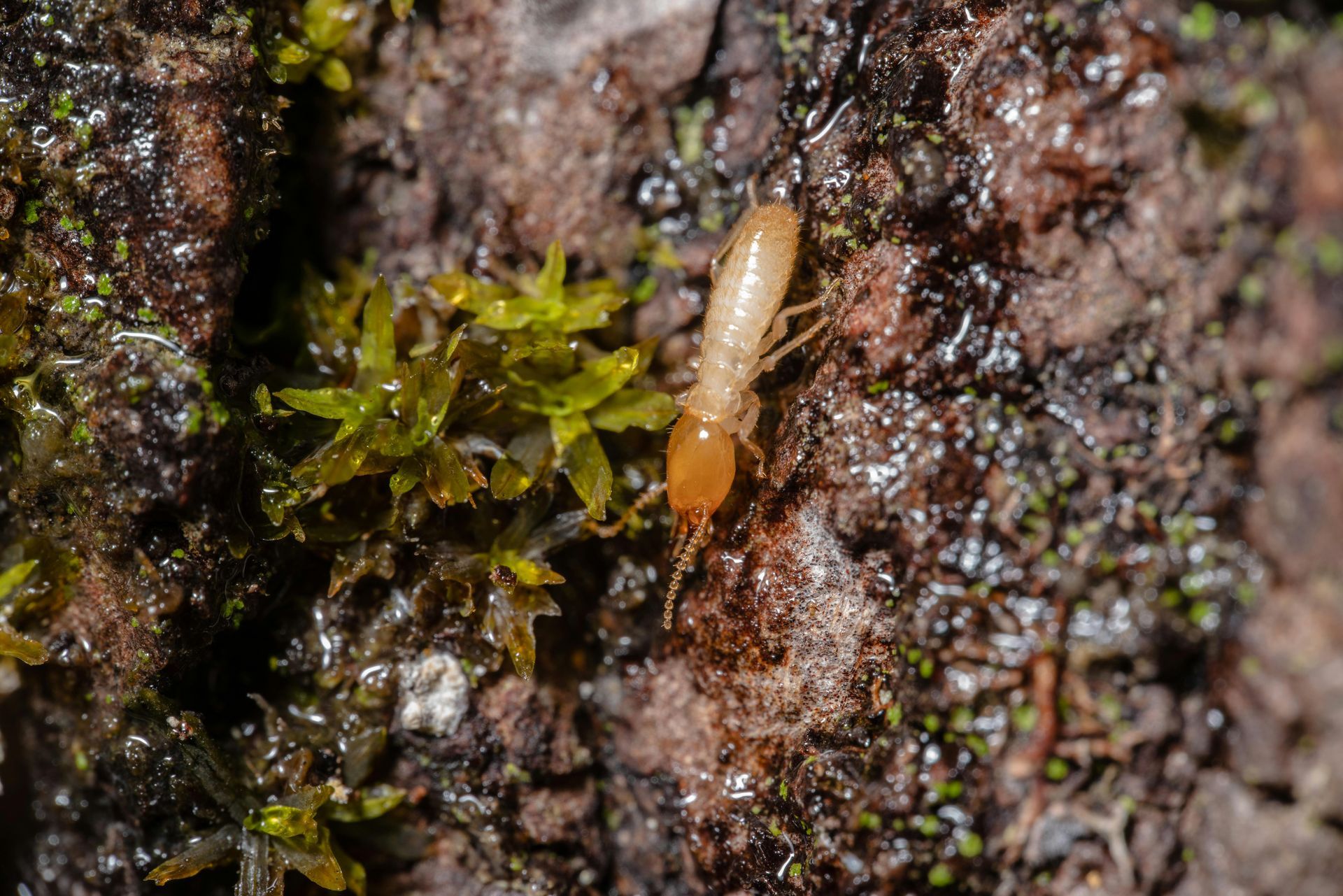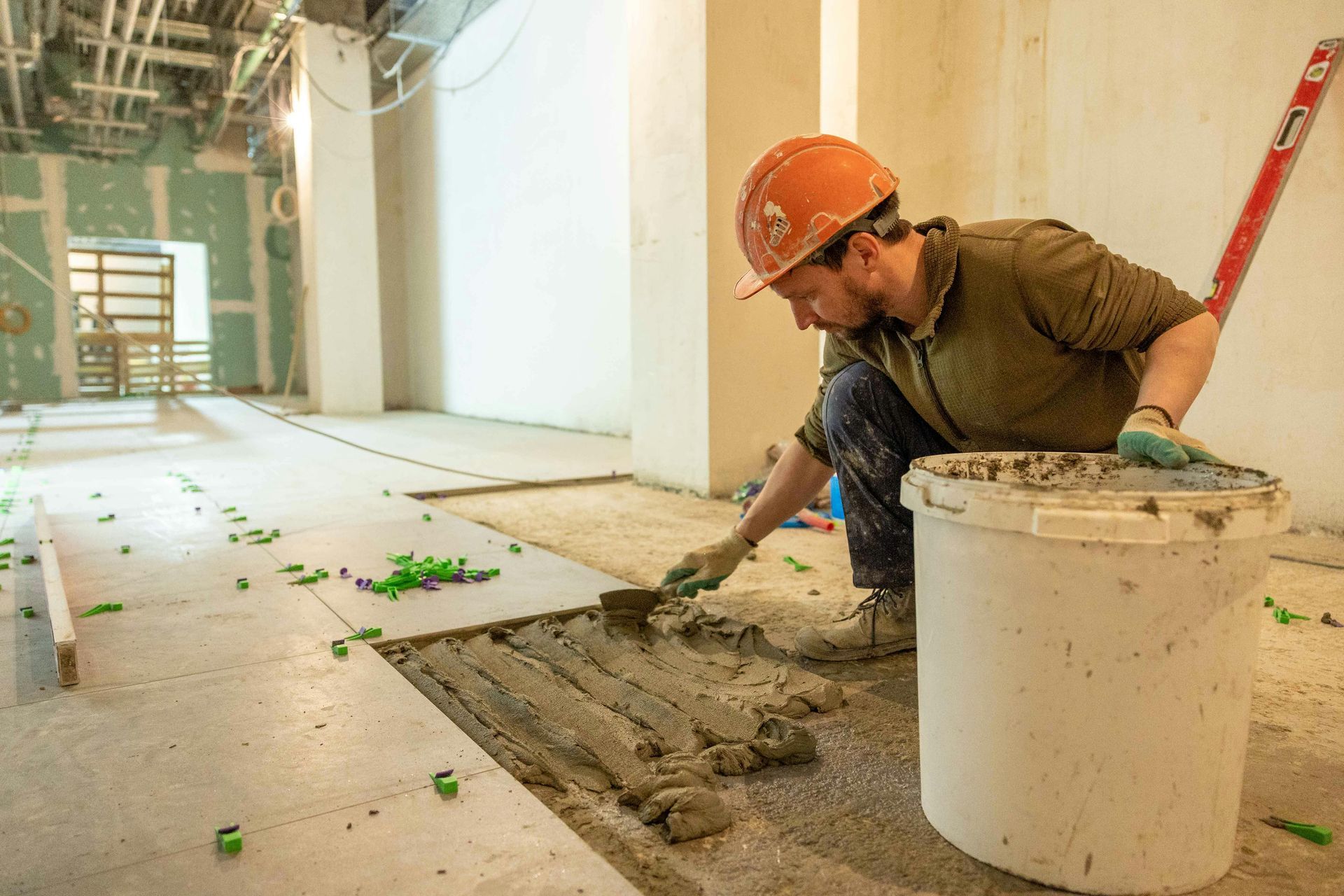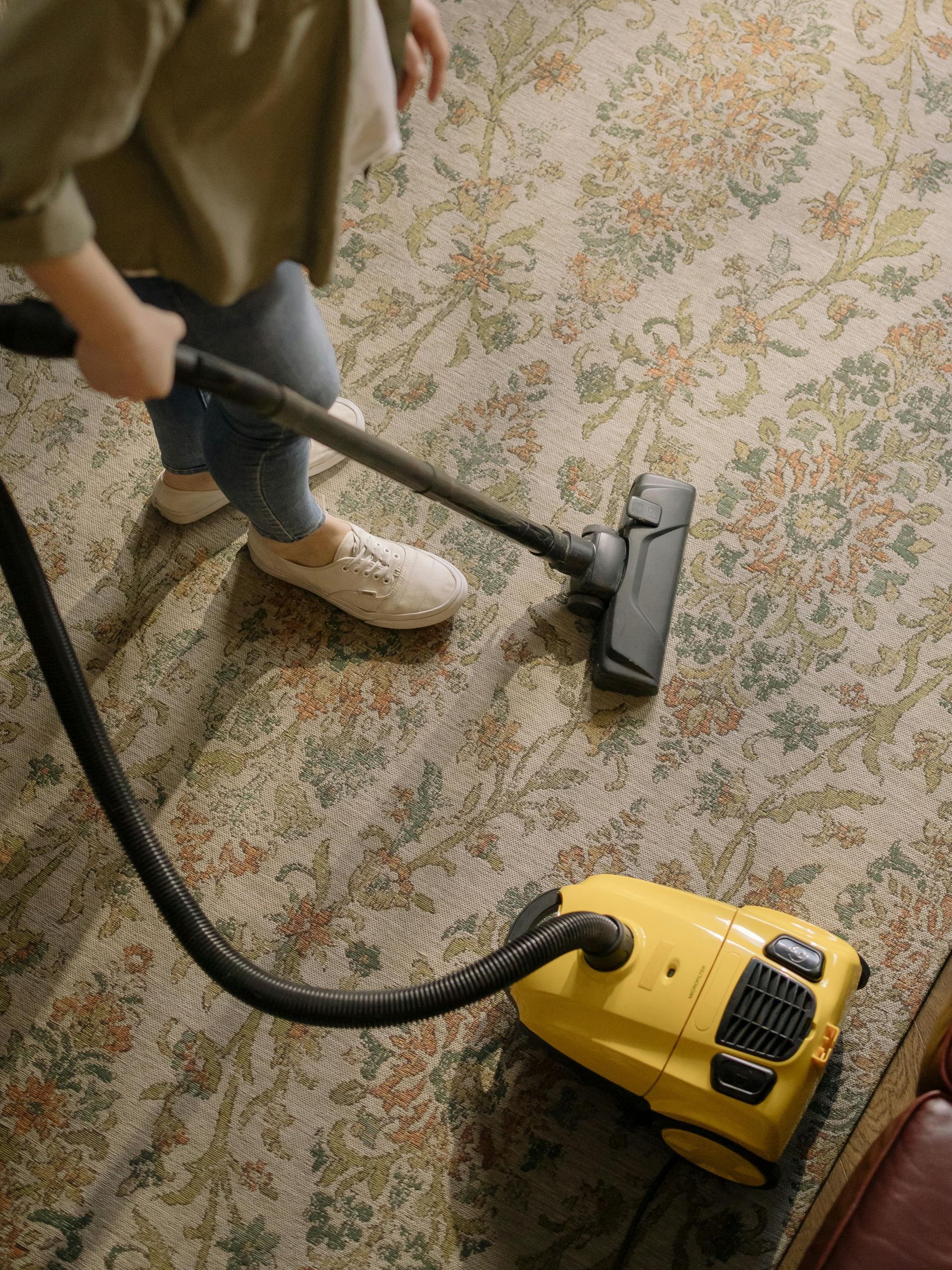How to Protect Your Wooden Floors from Termites
Termites may be out of sight, but they’re far from harmless, especially when it comes to your timber floors. These silent destroyers can cause serious structural damage before you even realize there's a problem. And by the time signs appear, costly repairs may already be unavoidable. The good news? With proactive protection and the right care strategies, you can safeguard your wooden floors and keep them looking beautiful for years to come. In this guide, we’ll walk you through exactly how to protect your timber flooring from termites before they ever become a threat.

Why Wooden Floors Are Vulnerable to Termites
Wooden floors are particularly attractive to termites for several reasons. First, they are rich in cellulose, a key component of wood that serves as a primary food source for these pests. This nutrient-rich environment makes timber flooring an ideal target for termites seeking sustenance. Additionally, wooden floors can retain moisture from leaks or high humidity, which creates a favorable habitat for termite activity. Moisture not only helps them thrive but also facilitates their ability to digest wood more effectively.
Moreover, wooden structures often contain hidden areas such as subfloors and joists that provide easy access for termites to establish colonies. These concealed spaces allow termites to go unnoticed while they feed on the wood, making detection and treatment more challenging.
When it comes to susceptibility, certain types of wood are more vulnerable to termite infestations. Softwoods like pine, fir, and spruce are particularly favored due to their softer structure, which termites find easier to penetrate. In contrast, hardwoods such as oak, maple, and hickory tend to be less susceptible. Their denser composition makes them more resistant to termite damage, making them a better choice for flooring if termite risk is a concern.
Signs of a Termite Infestation
Detecting a termite infestation early is crucial to minimizing damage to your property. Termites often operate quietly and out of sight, so it's important to be aware of the signs that indicate their presence. By recognizing these indicators, homeowners can take prompt action to protect their wooden structures and avoid costly repairs.
- Mud Tubes: Small, pencil-sized tubes made of soil and droppings that termites use to travel between their nests and food sources.
- Wood Damage: Hollow-sounding wood or visible tunnels in wooden structures can indicate termite feeding.
- Frass: Sawdust-like droppings near wooden areas, often indicating active feeding by termites.
- Swarmers: Winged termites that leave their nests to establish new colonies, typically seen in the spring.
- Bubbling or Peeling Paint: Indicates moisture or damage beneath the surface, which could be due to termite activity.
- Tight Fitting Doors or Windows: Changes in the alignment of doors and windows can suggest wood damage from termites.
5 Proven Ways to Protect Timber Floors from Termites
Protecting your timber floors from termites is essential for maintaining the integrity and value of your home. These pests can cause significant damage if left unchecked, but there are effective strategies you can implement to safeguard your flooring. By taking proactive measures, you can create an environment that is less inviting to termites, ensuring your wooden structures remain safe and sound. Here are five proven ways to protect your timber floors from these destructive insects.
Choose Termite-Resistant Timber
When selecting timber for your flooring, opting for termite-resistant species can significantly reduce the risk of infestation. Teak is an excellent choice due to its natural oils, which make it highly resistant to termites and decay. Mahogany, known for its beauty, also offers good resistance thanks to its dense structure. Cypress is another option, as it contains natural preservatives that deter termites and performs well in humid environments. Redwood is durable and contains compounds that naturally repel these pests. Lastly, bamboo, although technically a grass, is strong and resistant to termite damage when properly treated, making it a sustainable flooring option. Choosing these species can help protect your home from potential termite threats while enhancing the beauty and durability of your floors.
Use Protective Coatings and Sealants
Applying high-quality protective coatings and sealants is an effective way to safeguard your timber floors from termite damage. At Castle Hill Flooring, we offer a range of premium finishes designed to enhance the durability and resilience of your wooden surfaces. Our specially formulated sealants create a barrier that not only protects against moisture but also helps deter termites and other pests.
For instance, our UV-resistant polyurethane finish provides a tough, long-lasting layer of protection while maintaining the natural beauty of the wood. Additionally, our eco-friendly water-based sealants are safe for your home and the environment, offering excellent defense against termites without compromising indoor air quality. By investing in these protective products, you can significantly extend the life of your timber floors and minimize the risk of termite infestations.
Maintain Good Ventilation & Drainage
Moisture is a key attractant for termites, making proper ventilation and drainage essential in reducing the risk of infestations. To minimize moisture levels, ensure that areas beneath your wooden floors, such as crawl spaces and basements, are well-ventilated. Installing vents can improve airflow, allowing moisture to evaporate and keeping the environment dry.
Additionally, proper drainage around your home is crucial. Make sure gutters and downspouts direct water away from the foundation, preventing pooling that can seep into the soil and create a damp environment conducive to termites. Regularly inspect and maintain these systems to ensure they function effectively.
Using dehumidifiers in particularly humid areas can also help control moisture levels, further reducing the likelihood of termite attraction. By implementing these measures, you can create a less inviting environment for termites, helping to protect your timber floors and overall home structure.
Schedule Regular Inspections
Scheduling regular inspections is a crucial step in protecting your timber floors from termite infestations. It is recommended to have your property inspected at least once a year, especially in regions prone to termite activity. These inspections can help identify any signs of infestation early, allowing for prompt action to be taken.
For thorough and professional evaluations, consider partnering with a reputable pest control service. At Castle Hill Flooring, we recommend working with [Your Local Pest Control Service], known for their expertise in termite detection and prevention. Their trained technicians can provide comprehensive assessments and tailored solutions to keep your home safe from termites. By committing to regular inspections, you can maintain peace of mind and protect your investment in your timber flooring.
Install Physical or Chemical Barriers
Using physical or chemical barriers is especially important for homes located in termite-prone zones. Physical barriers, such as stainless steel mesh or concrete, can be effectively placed around the foundation of your home to prevent termites from gaining access to wooden structures. These barriers provide a solid line of defense, making it difficult for termites to penetrate.
Chemical barriers, on the other hand, involve treating the soil around your home with termiticides that create a protective zone. These chemicals can deter termites from entering your property and can be particularly effective when combined with regular inspections.
By investing in these barriers, you enhance the protection of your timber floors and overall home structure, significantly reducing the risk of termite infestations. Implementing these preventative measures is crucial for maintaining a safe and secure living environment, especially in areas where termite activity is common.
Conclusion
Protecting your timber floors from termites requires a multifaceted approach that begins with selecting termite-resistant timber species. Certain woods, like teak and redwood, naturally deter termites due to their chemical composition. Additionally, applying protective coatings can create a barrier against moisture, which attracts these pests. Ensuring proper ventilation and drainage in areas around your timber structures helps prevent the buildup of dampness, further reducing the likelihood of termite infestations.
Regular inspections play a critical role in early detection of termite activity. Scheduling these checks allows homeowners to identify potential issues before they escalate into significant damage. Furthermore, installing physical barriers, such as metal shields or chemical treatments in the soil, can effectively block termites from accessing wooden structures. By combining these strategies, you can significantly diminish the risk of termite infestations and enhance the longevity of your timber floors.
About Castle Hill Flooring
Castle Hill Flooring is dedicated to providing high-quality flooring solutions tailored to meet the needs of homeowners and businesses alike. With years of experience in the industry, we specialize in a wide range of timber flooring options, including termite-resistant varieties. Our commitment to exceptional craftsmanship and customer satisfaction ensures that every project is completed to the highest standards. At Castle Hill Flooring, we believe in delivering beautiful, durable, and sustainable flooring solutions that enhance the value and comfort of your space.
Categories
Timber Flooring



